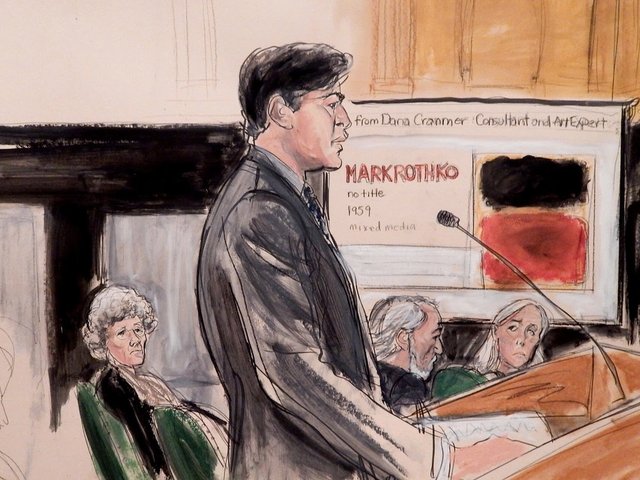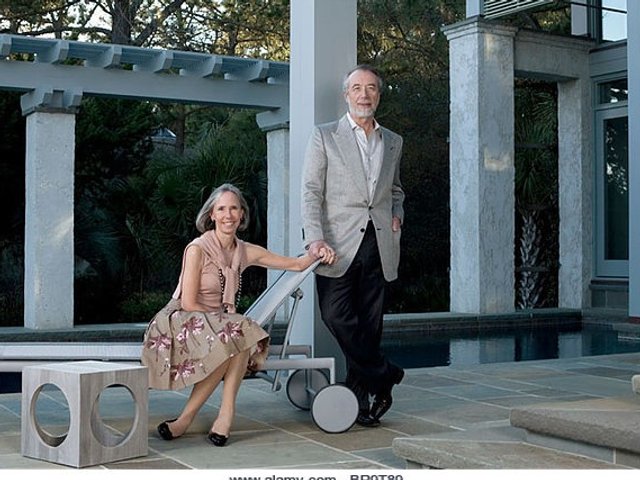The Knoedler gallery asked the forensic conservator James Martin of Orion Analytical to alter his report on two works purportedly by Robert Motherwell before a meeting with the Dedalus Foundation to discuss their authenticity, Martin testified on Thursday in a New York court. Knoedler had commissioned Martin to analyse the paintings after Dedalus, which maintains the Motherwell catalogue raisonné, told then-director Ann Freedman the paintings the gallery was handling were fake.
On 25 January 2009, E.A. Carmean, the former National Gallery of Art curator heading up Knoedler’s research, faxed Martin a marked-up copy of his report with revisions Carmean wanted him to make before a meeting at Dedalus the following Friday.
Knoedler had told Martin the works dated from the mid-1950s, but the first page of the report said that “some information arising from analysis and research of materials used [is] inconsistent with the understanding that the paintings were made and purchased in the 1950s”. Carmean made a delete sign next to the paragraph and wrote in the margin, “too broad, negative and some elements have changed”.
The report also stated the works had traces of two red pigments that hadn’t been used until the 1960s, and an electric sander had apparently been used on the canvases. Carmean wanted those observations deleted as well.
Another handwritten note asked him to add: “At this point in analysis and research, no conclusions can be drawn regarding these two works”.
Carmean “had asked me to delete many of the most relevant conclusions and say I hadn’t reached conclusions… I refused to do that”, Martin said.
Martin also testified about 15 other works brought to the gallery by Glafira Rosales that he examined, including the painting bought by the De Soles. Although there is no question the works are fake, the defendants are arguing that the De Soles “want you to believe that Knoedler should have hired a guy with a special microscope and the truth would have magically [appeared]”, as Knoedler’s lawyer Charles Schmerler said in his opening statement.
Martin testified that some of the anomalies he found didn’t require special forensic instruments, were sometimes visible to the naked eye—such as a signature misspelling Jackson Pollock’s name—and could have been found with techniques used by any conservator. Knoedler commissioned condition reports on many of the Rosales works from a former conservator at the Mark Rothko Foundation Dana Cranmer, who testified last week that she examined the De Soles’s Rothko and “didn’t think it was a forgery”.



